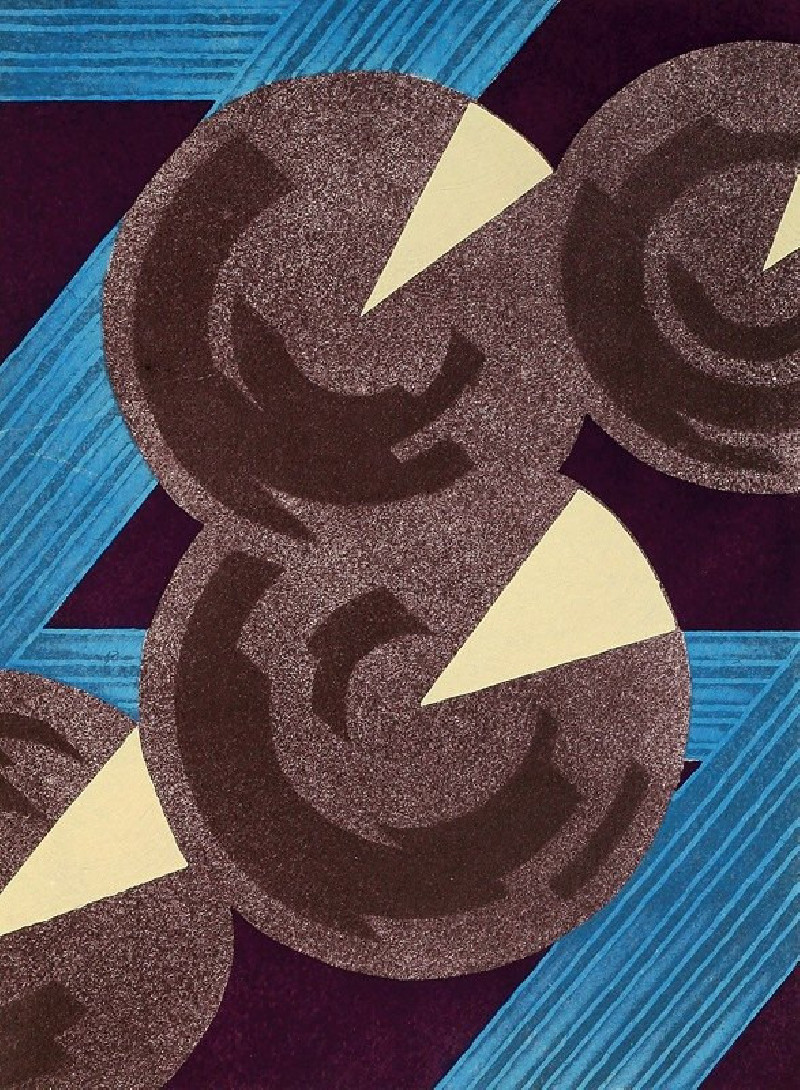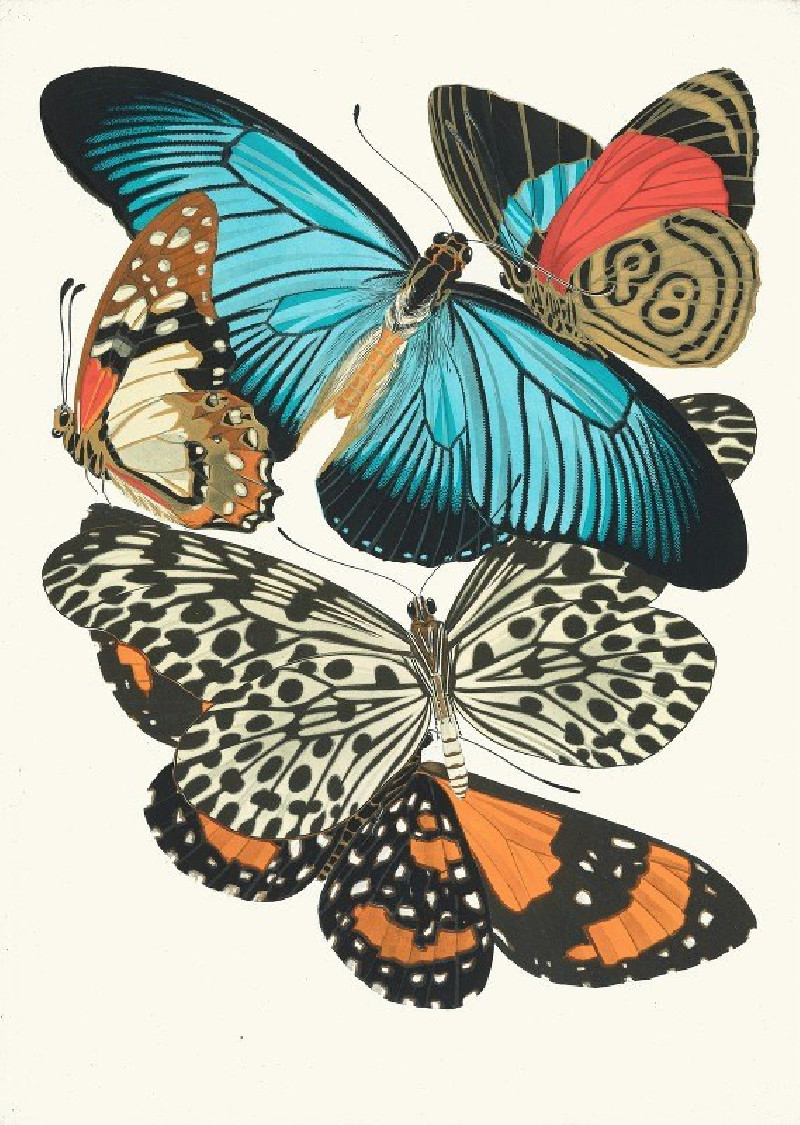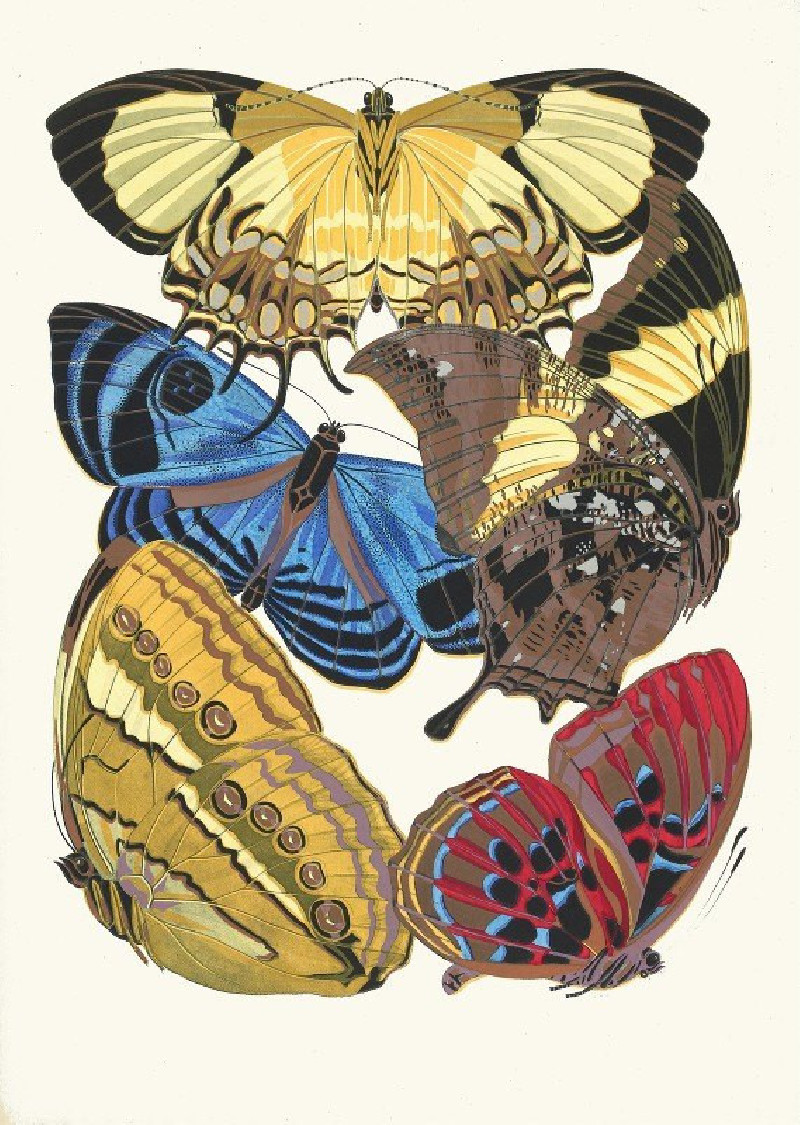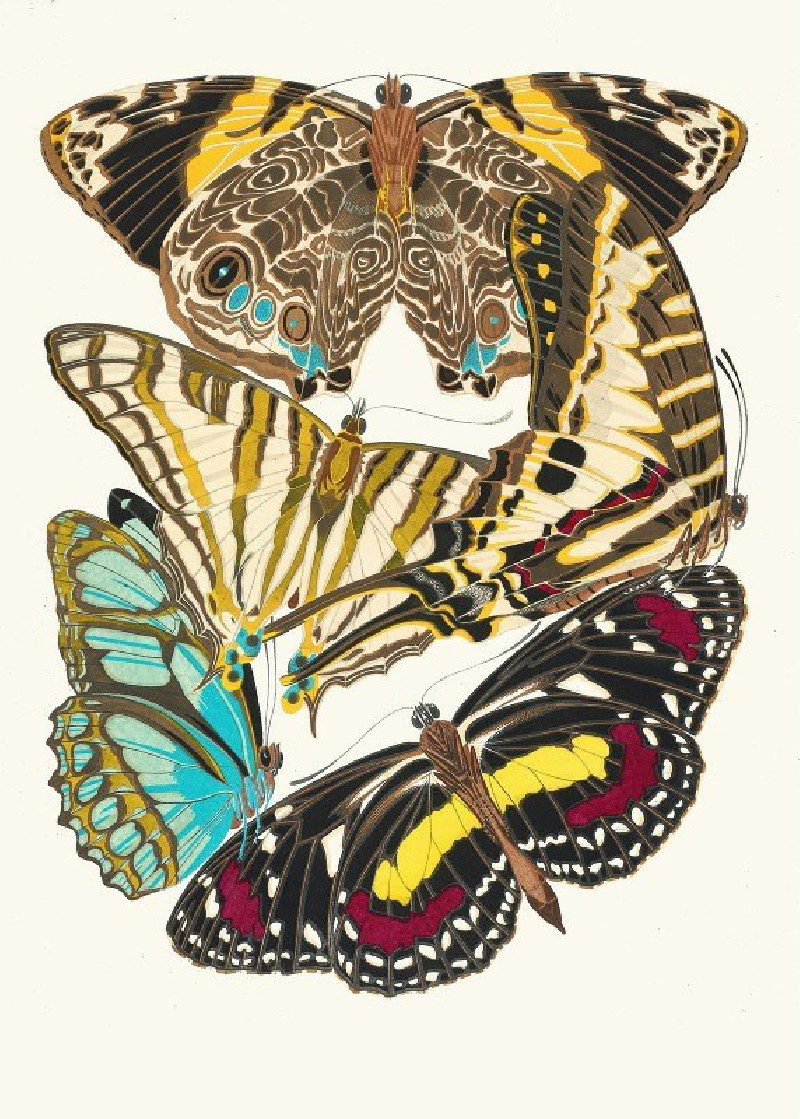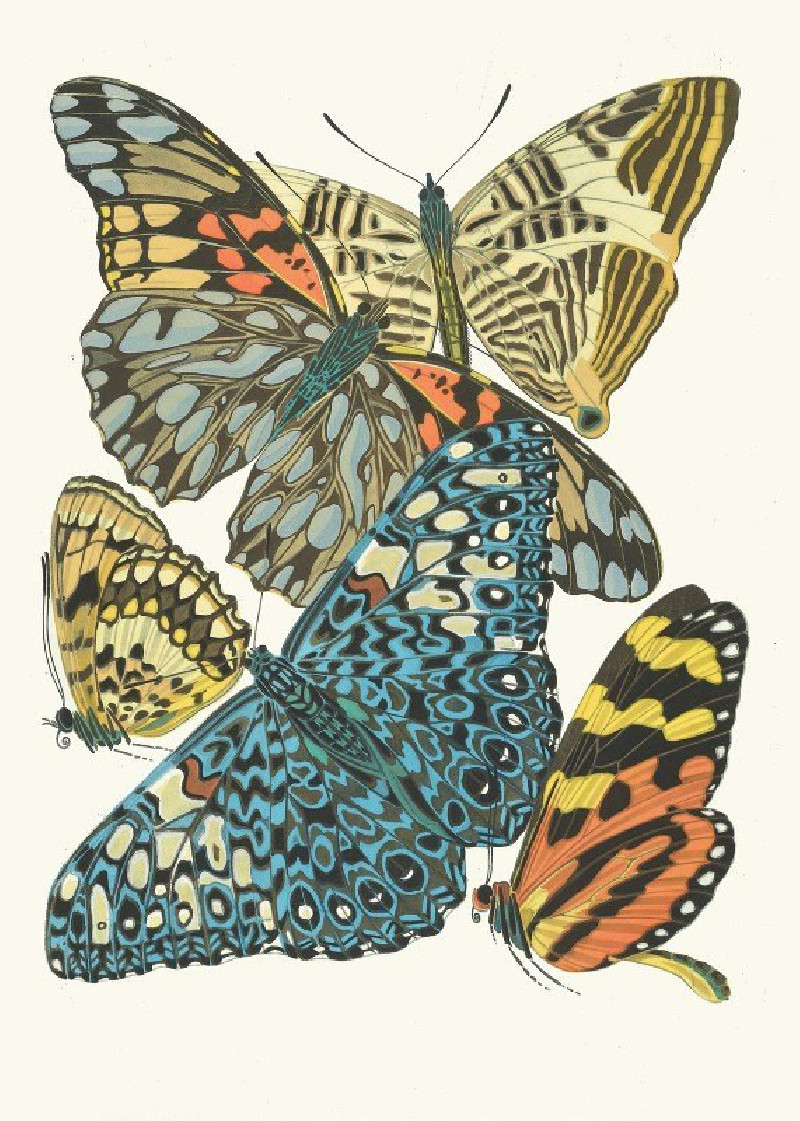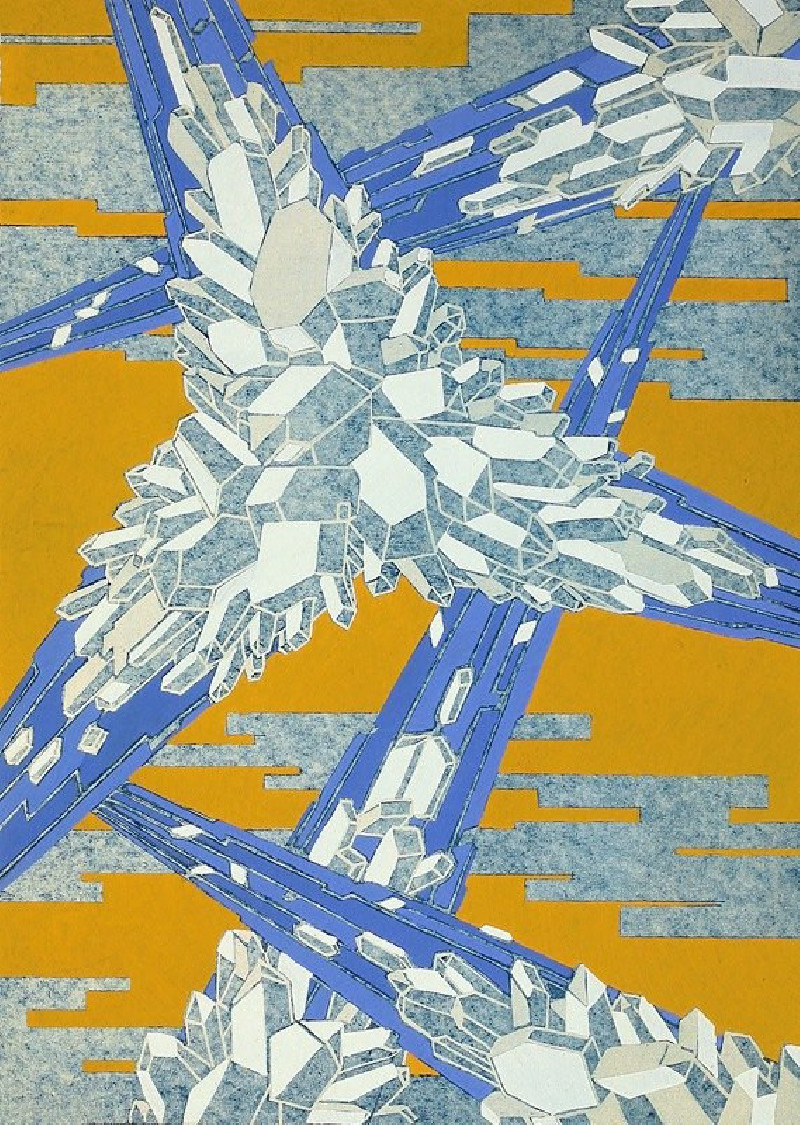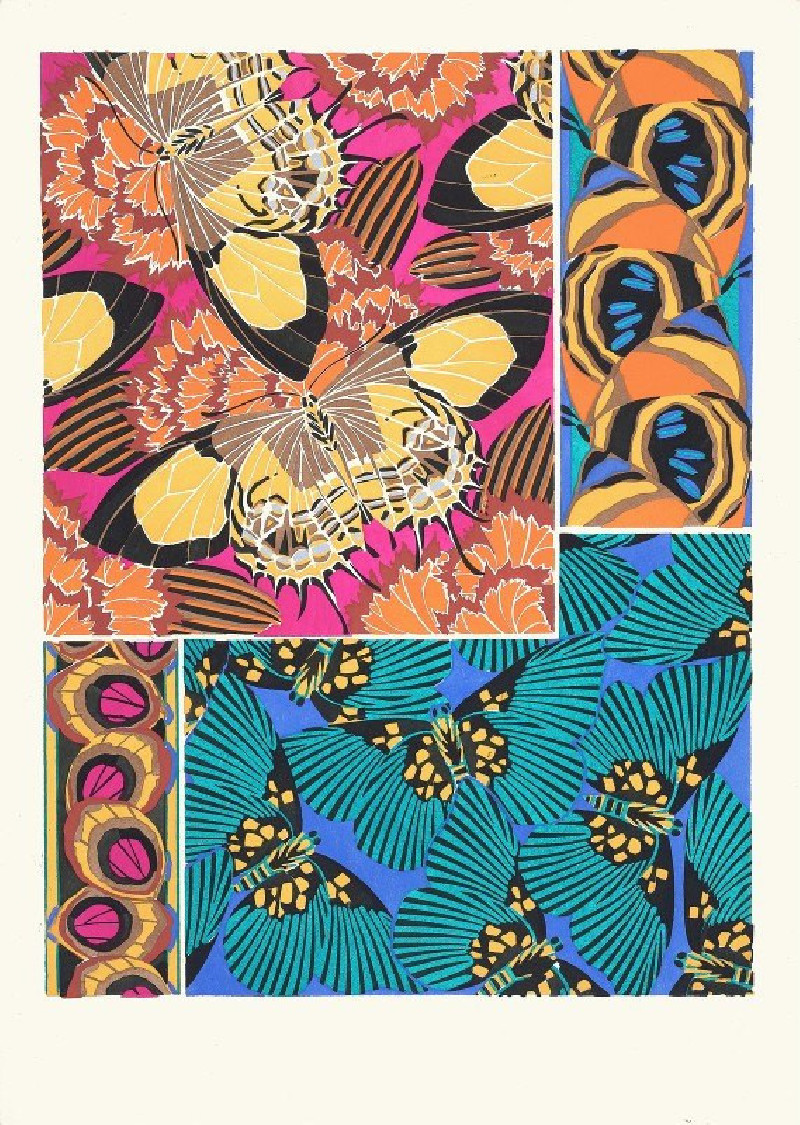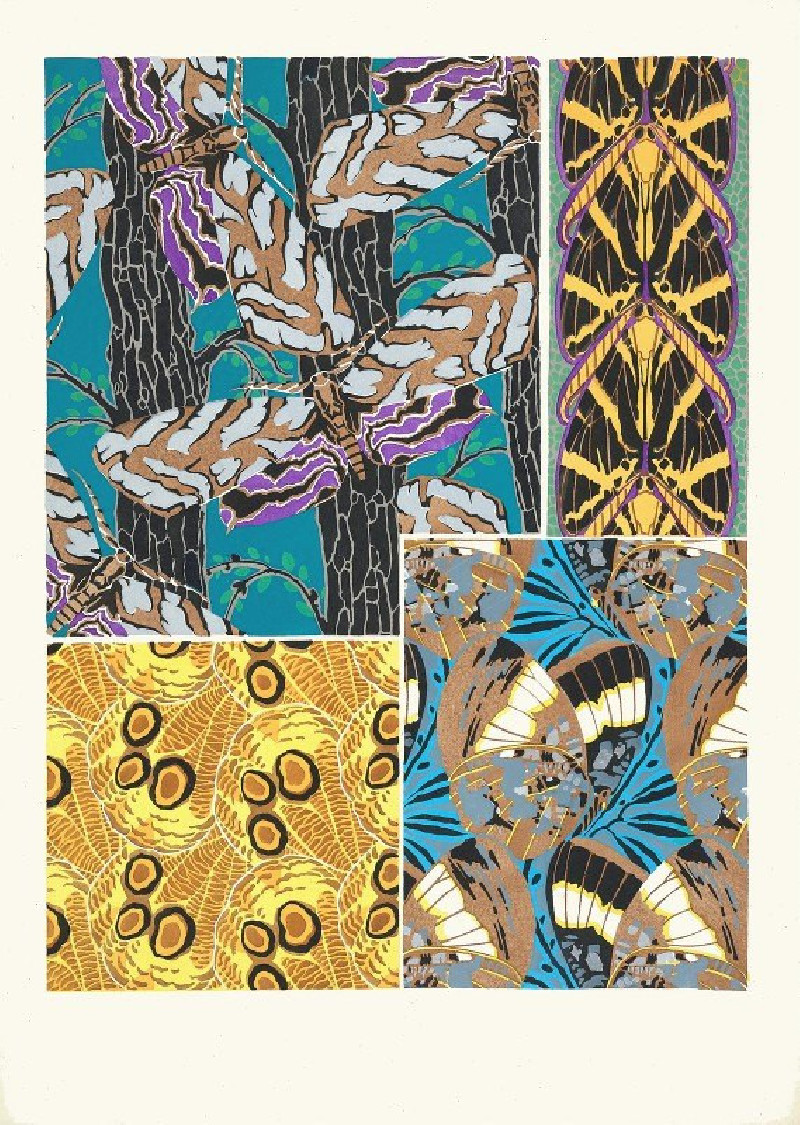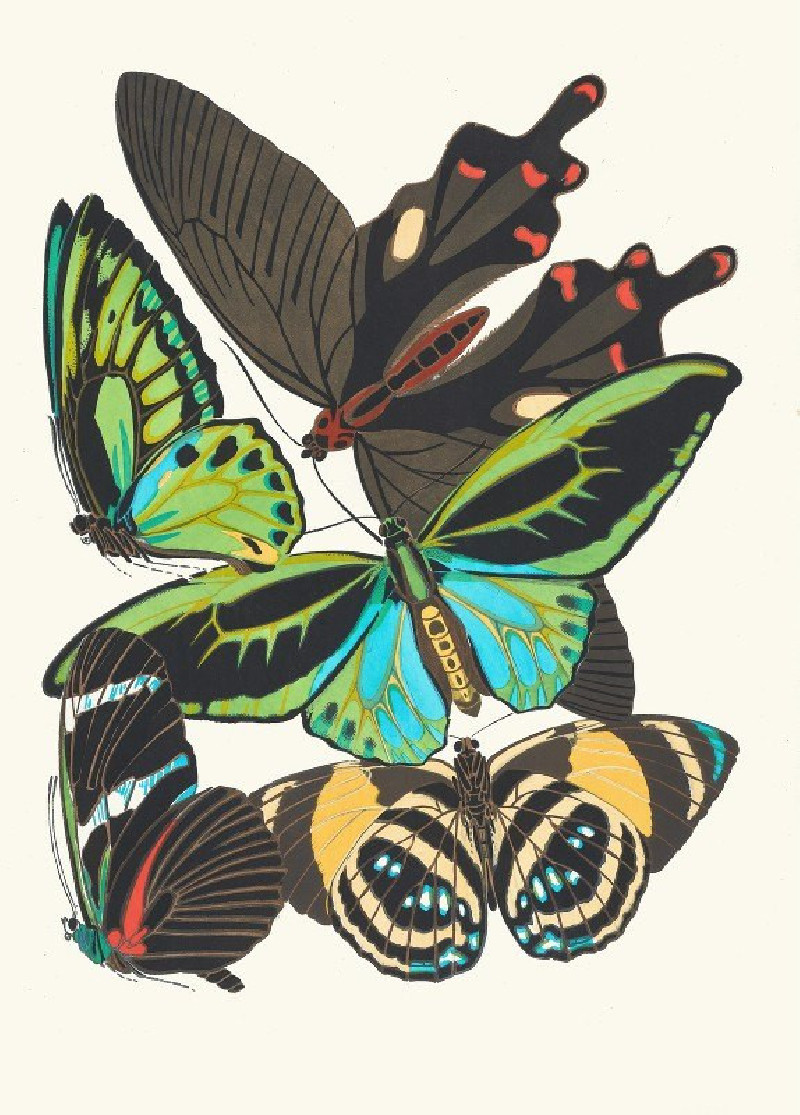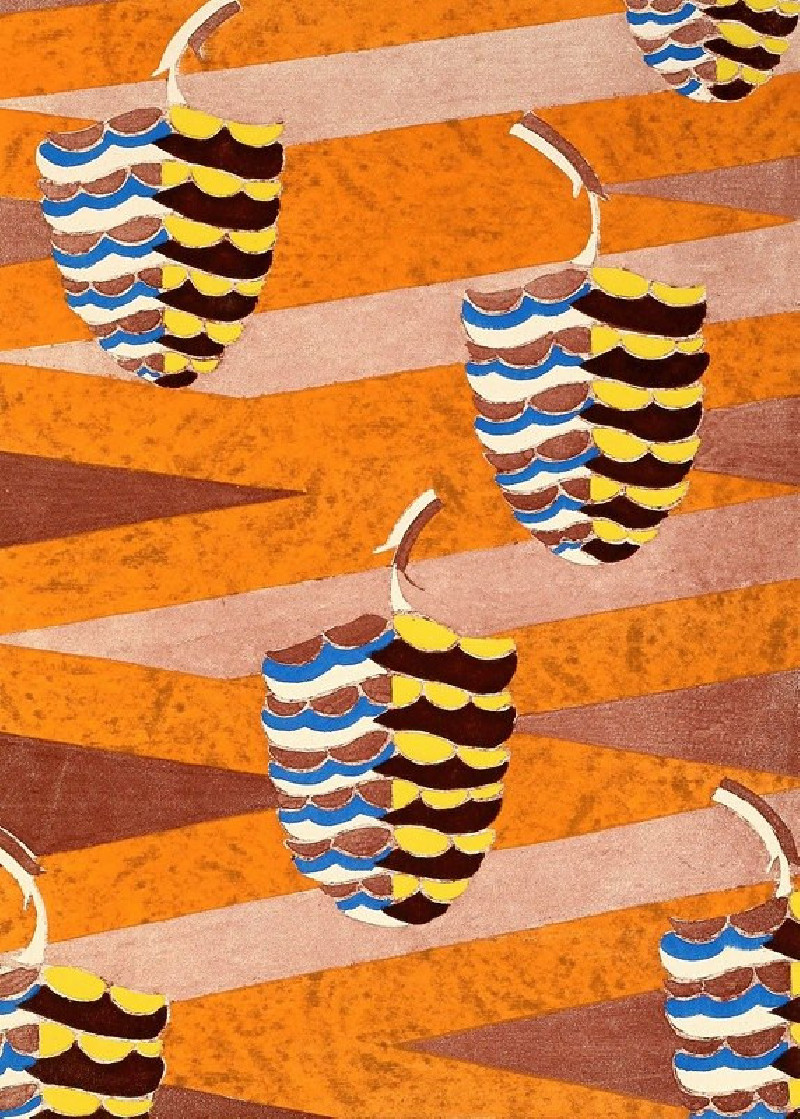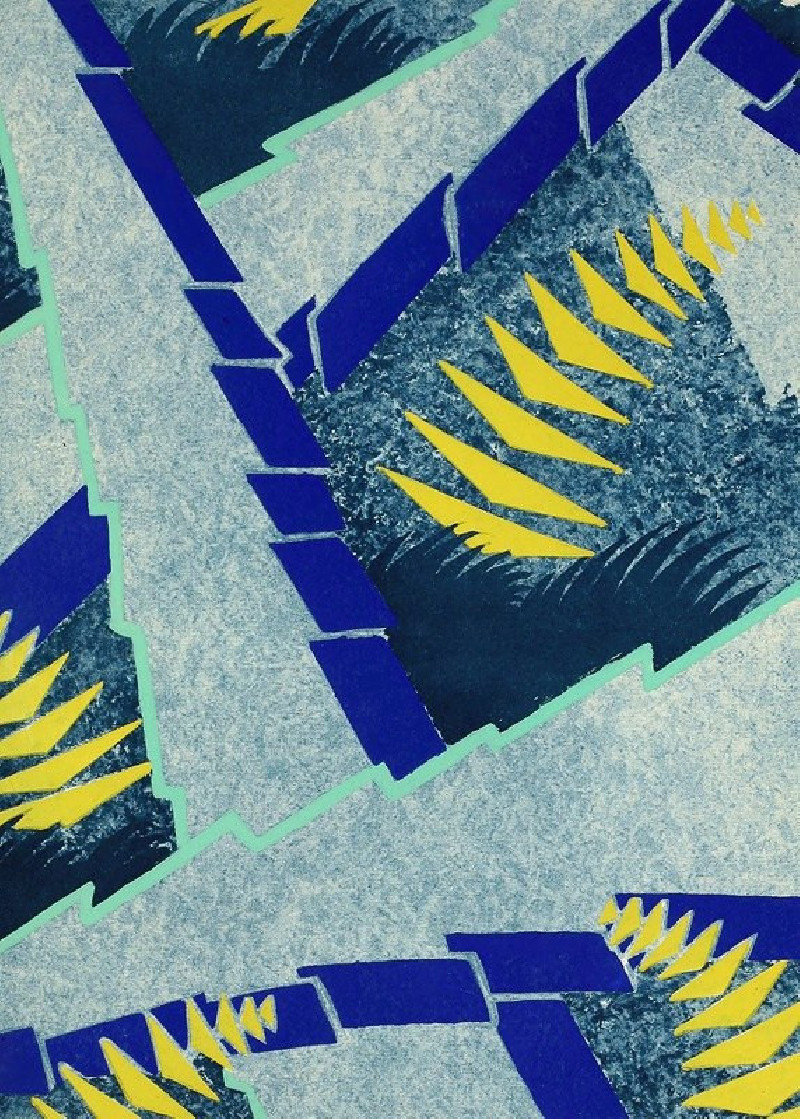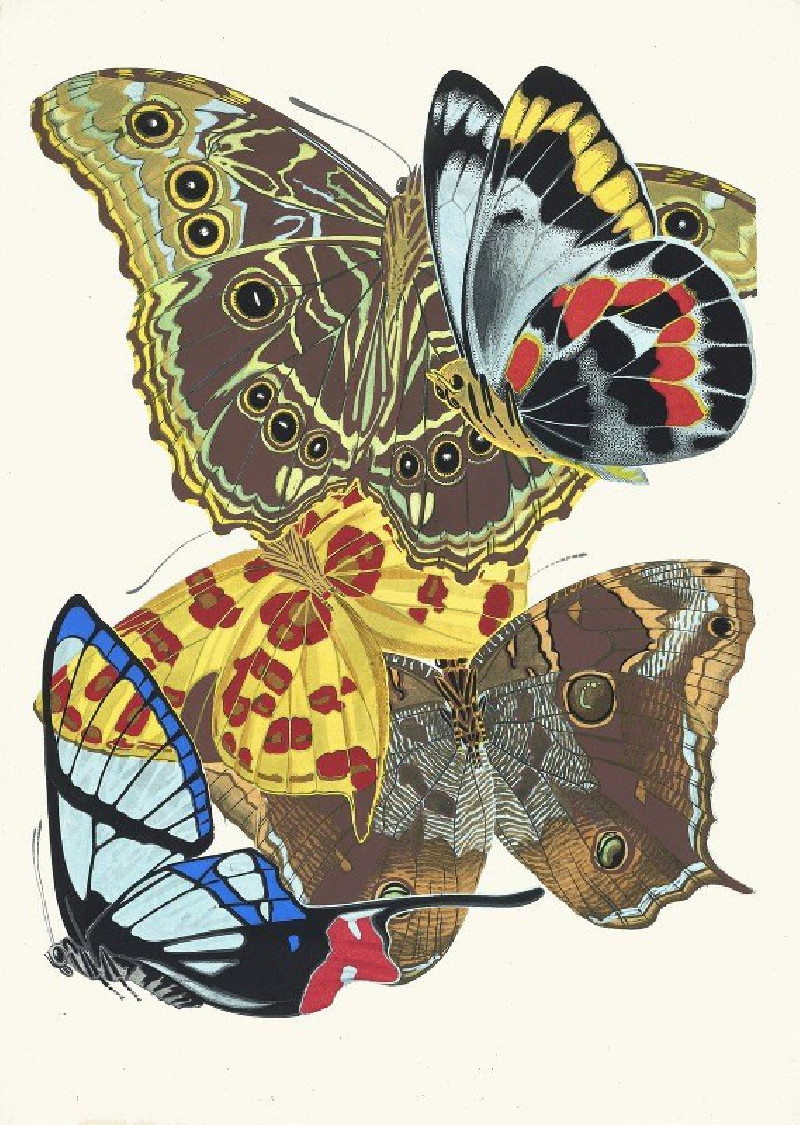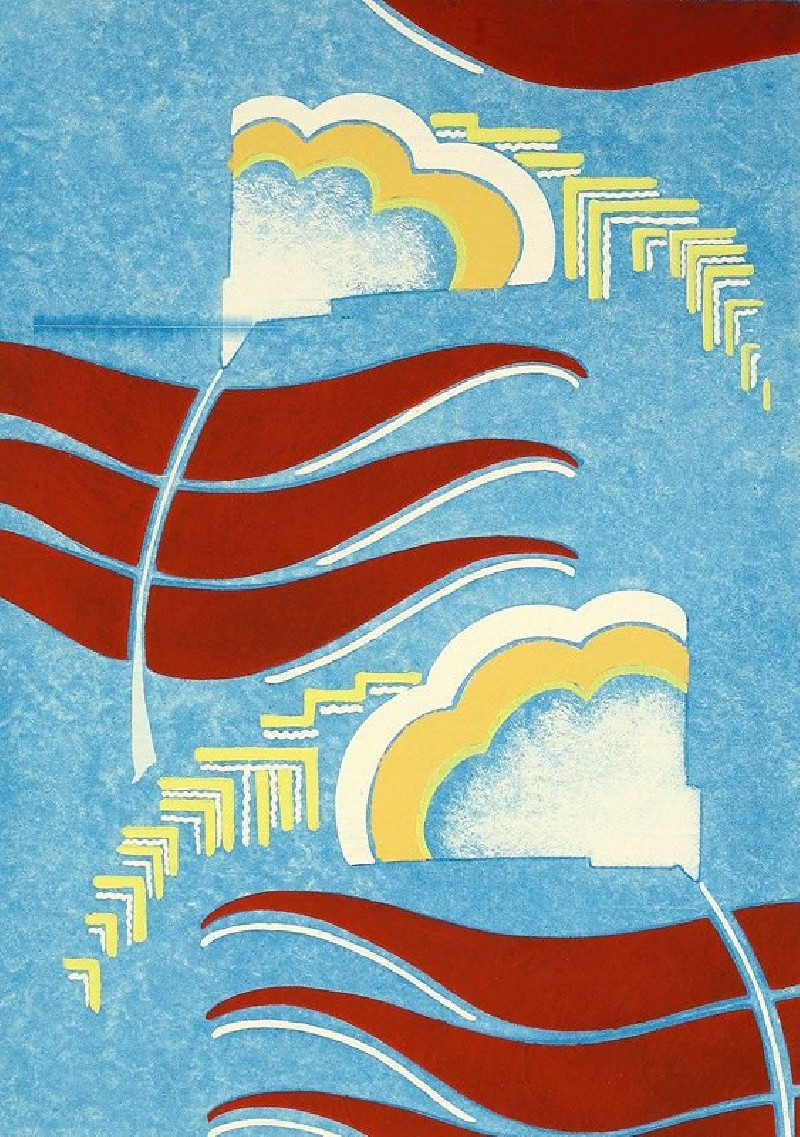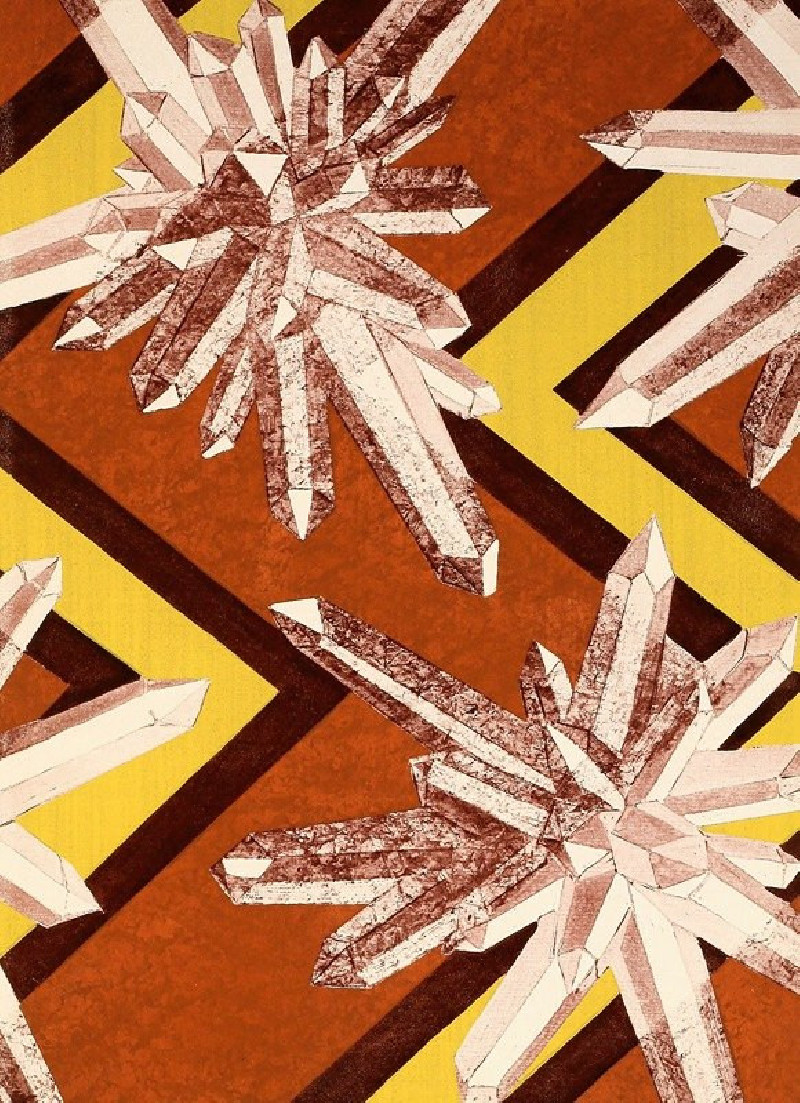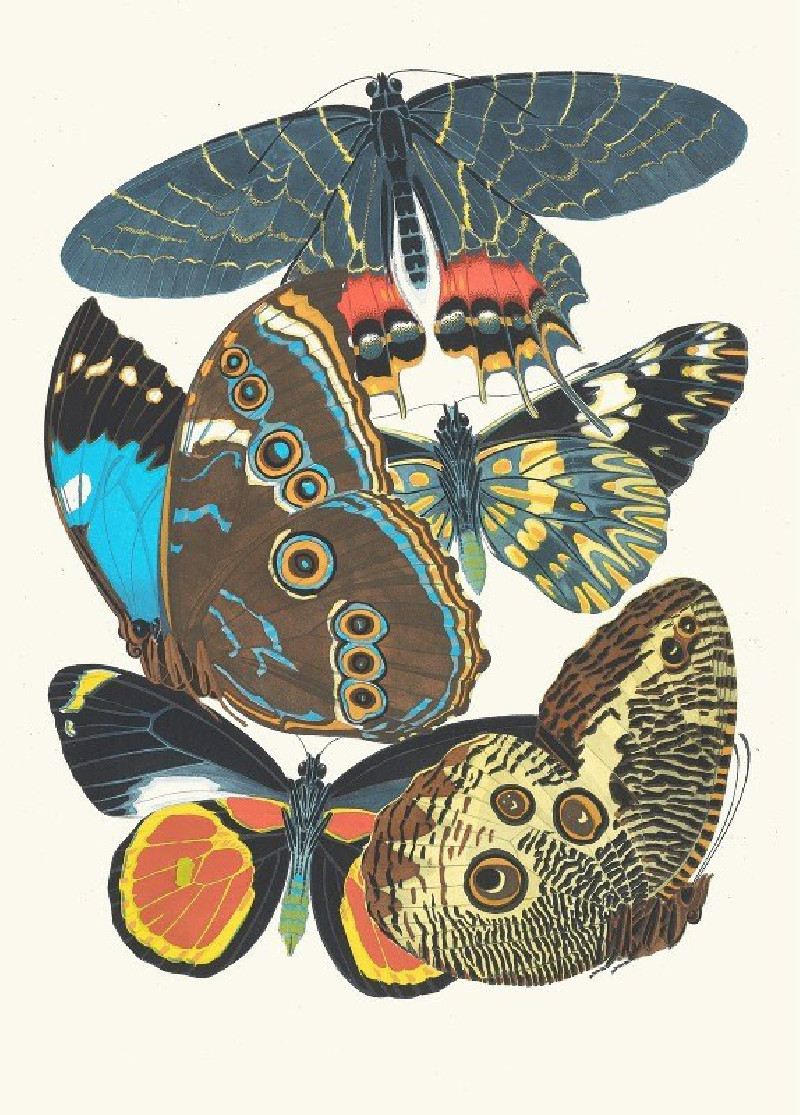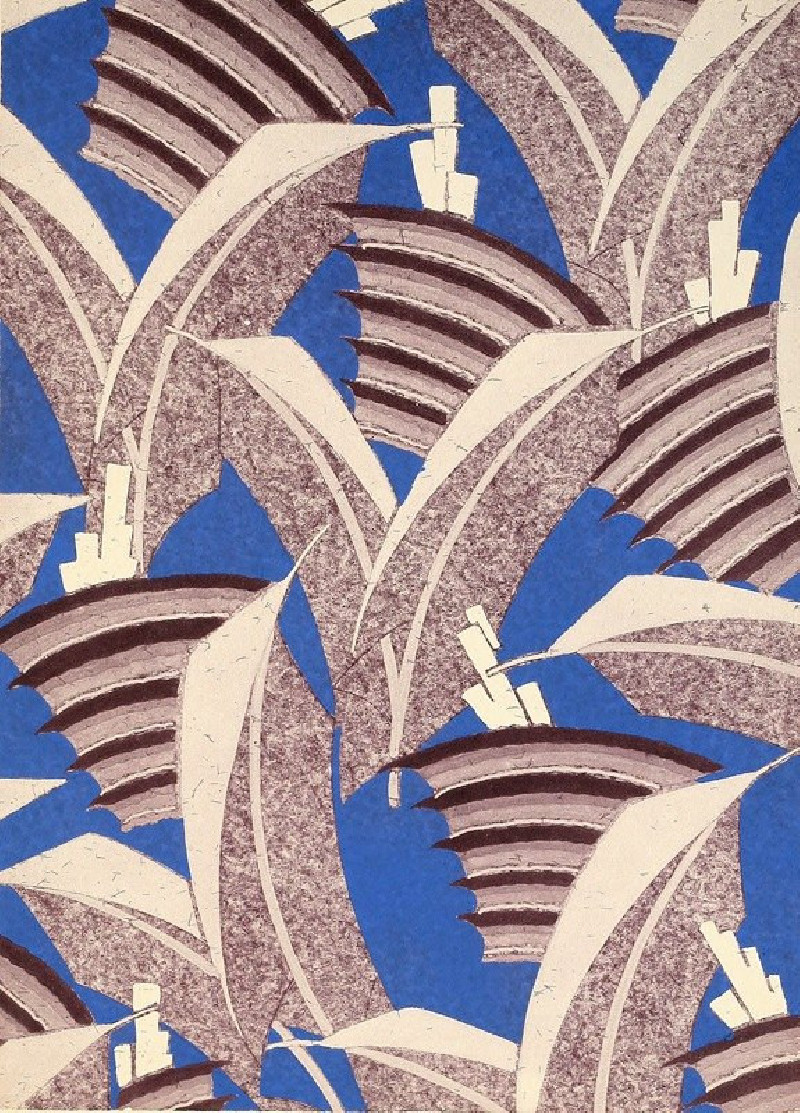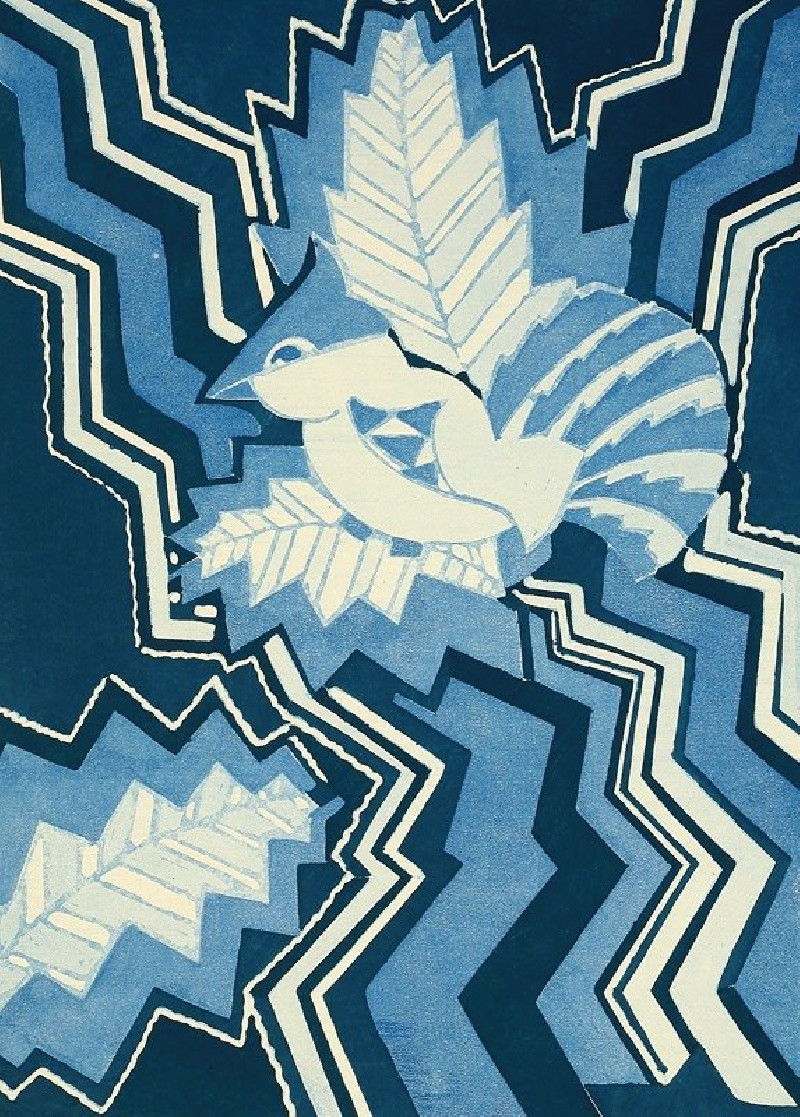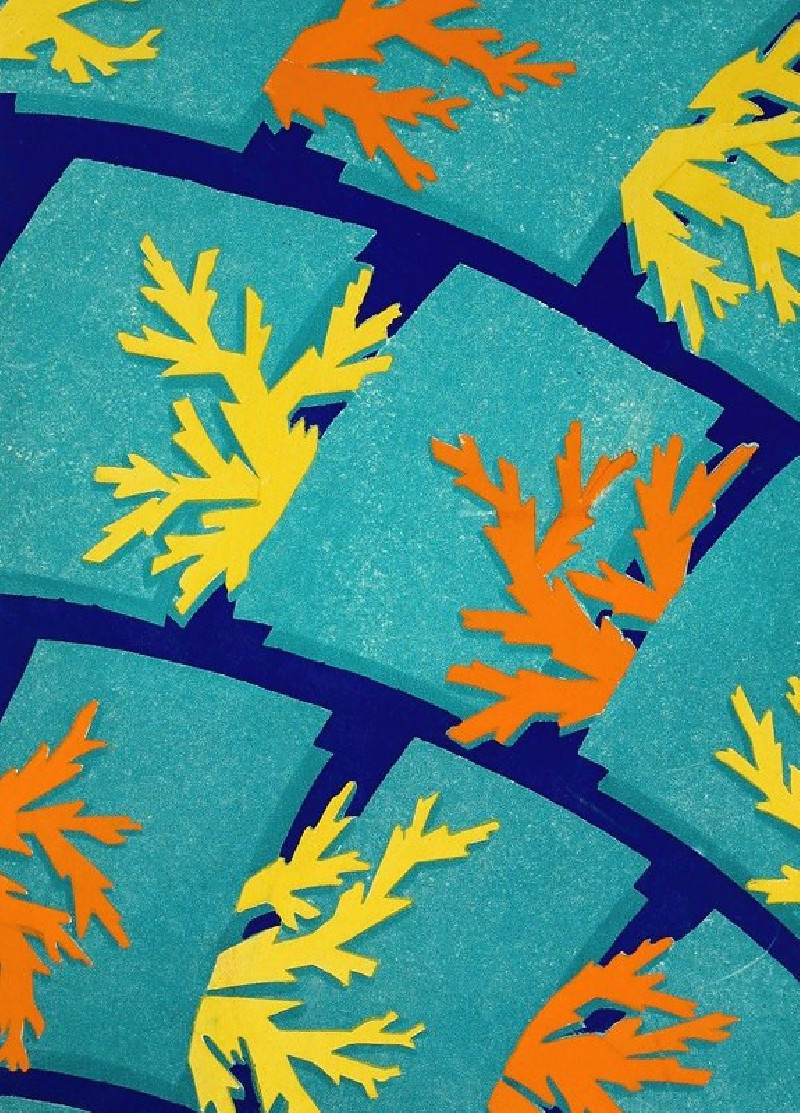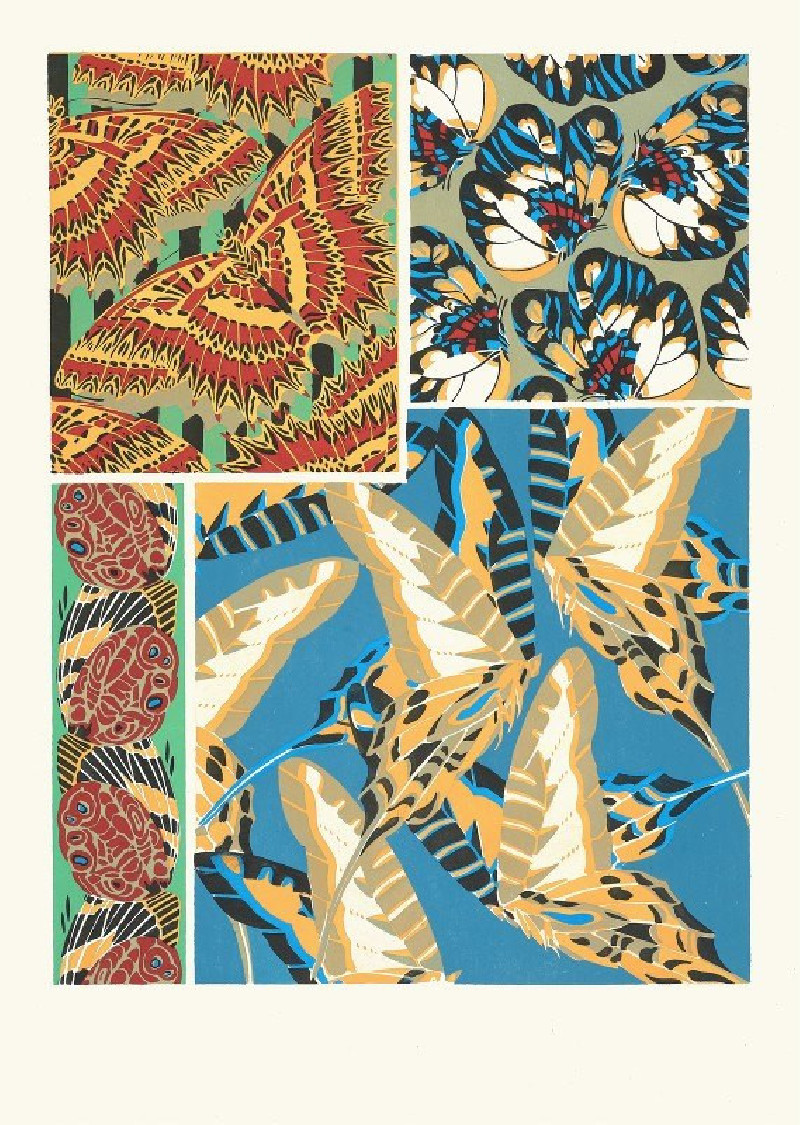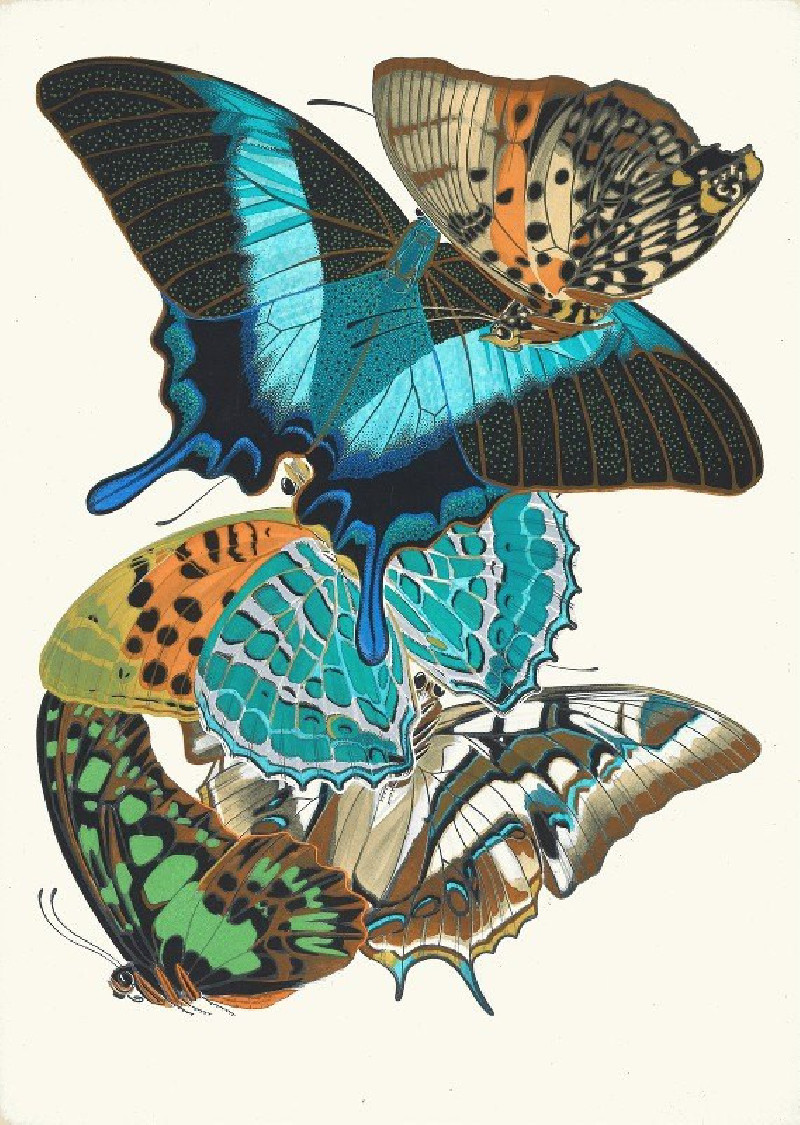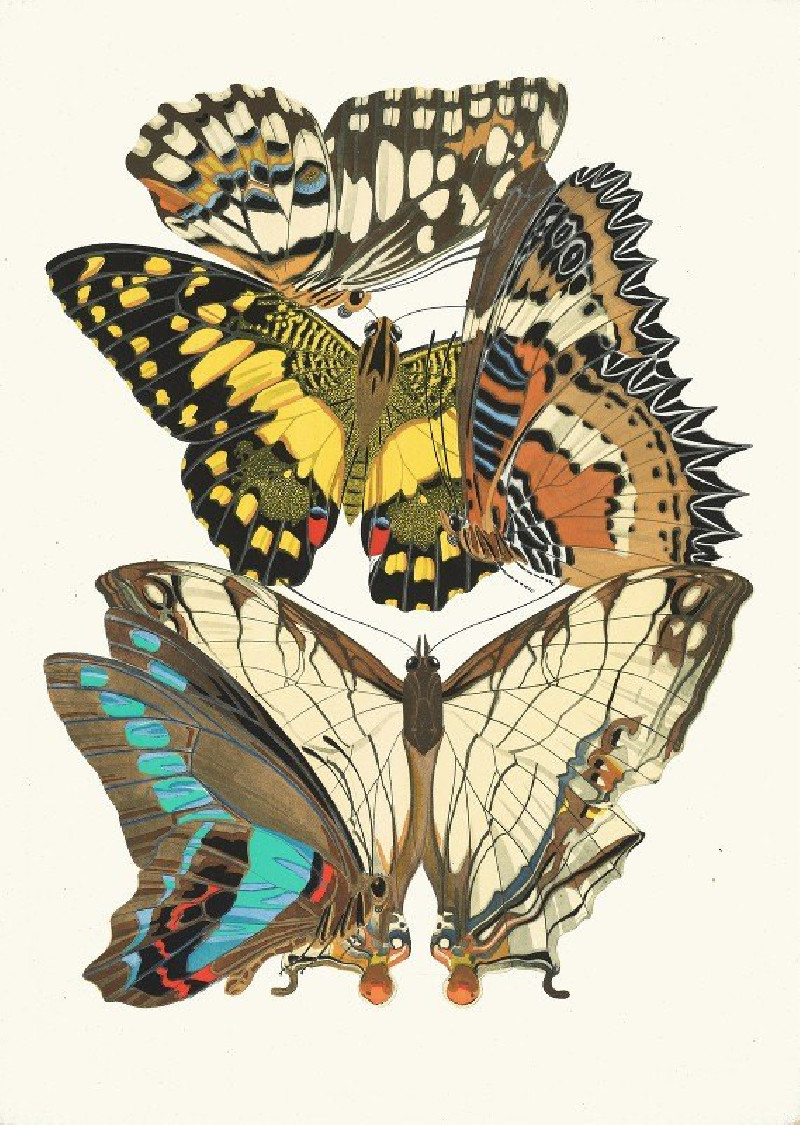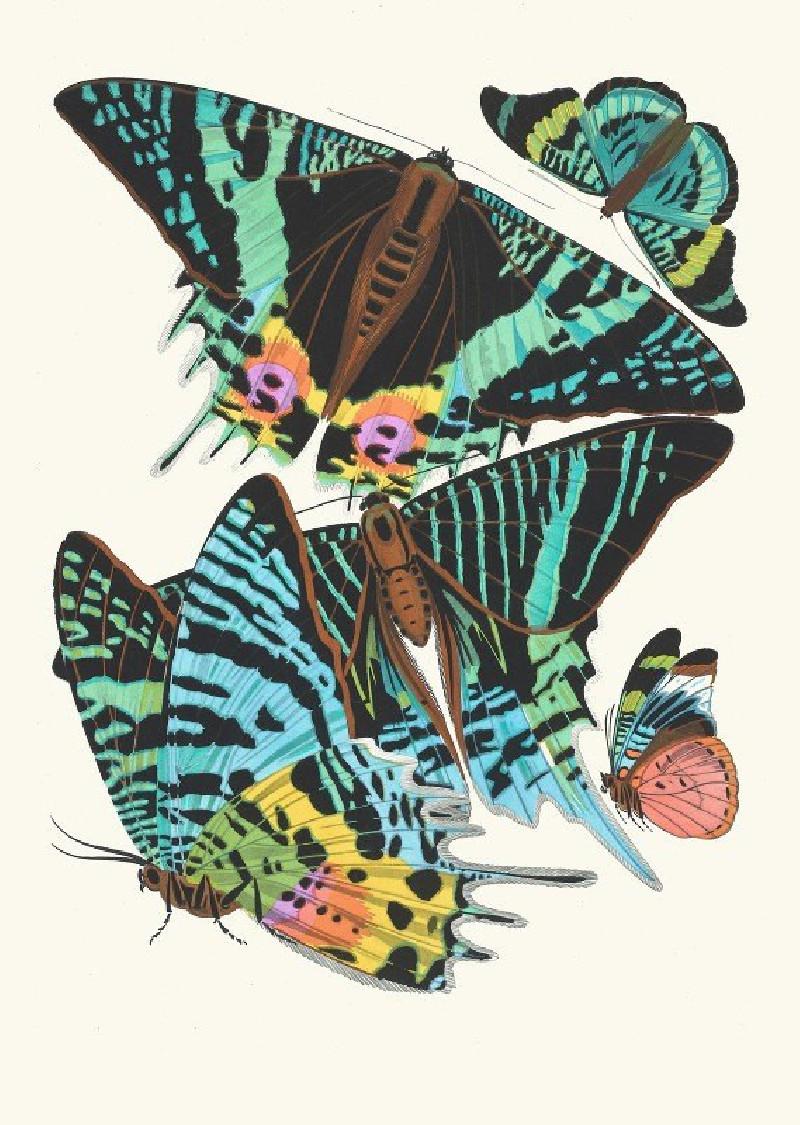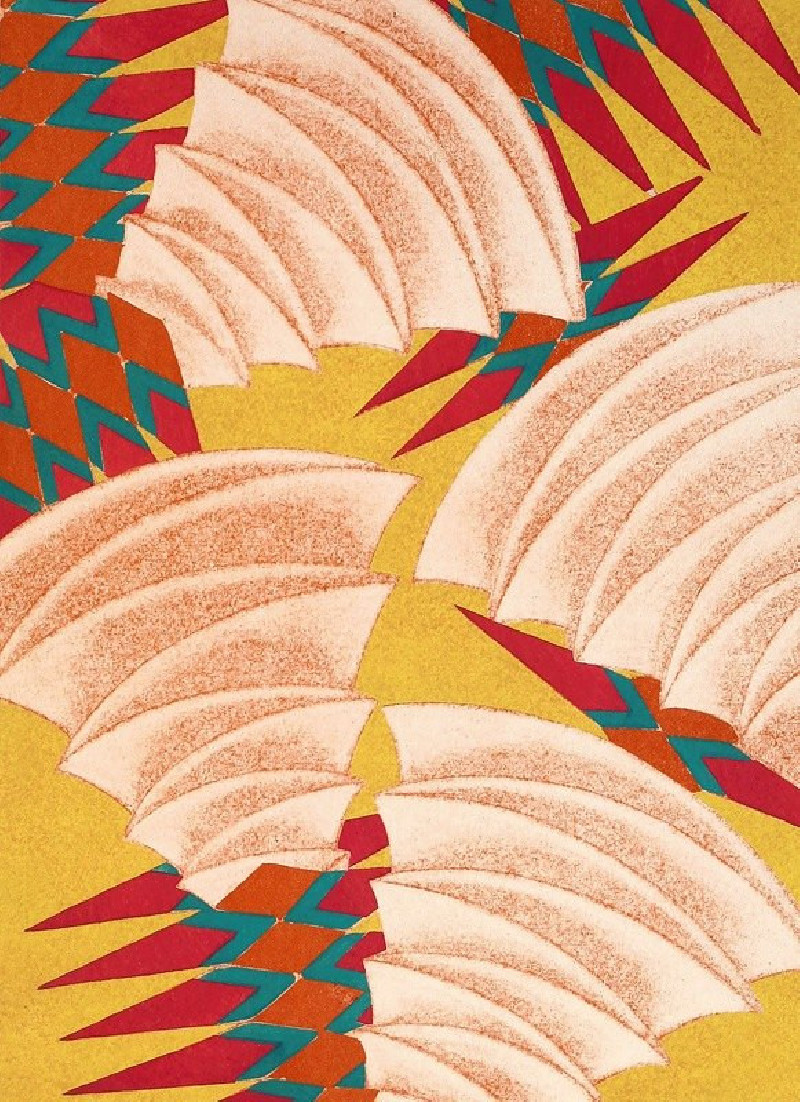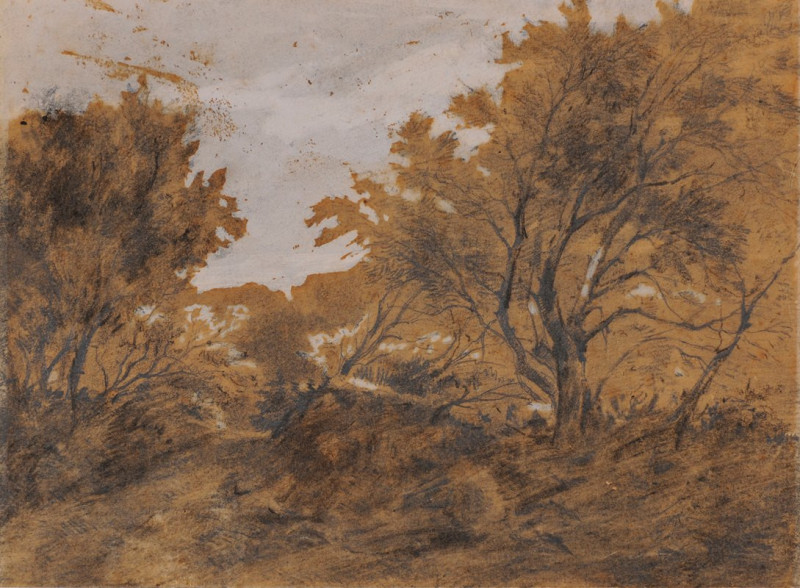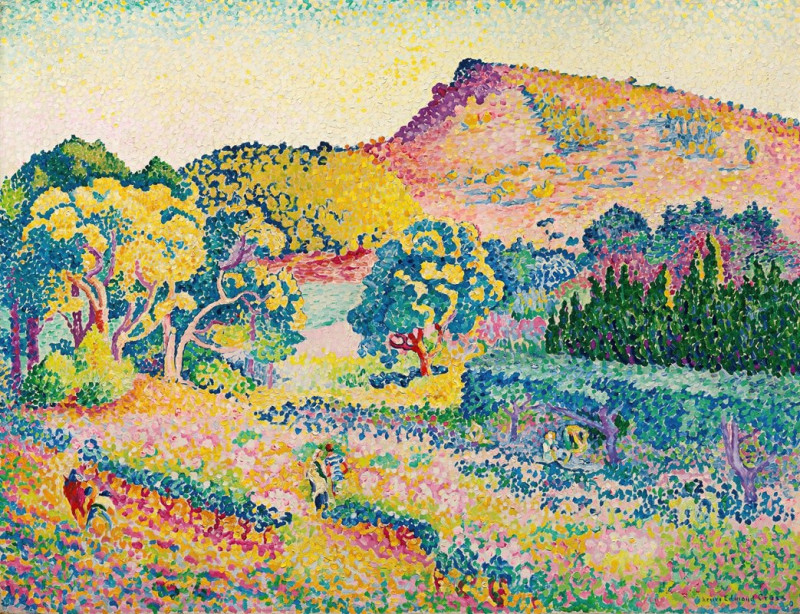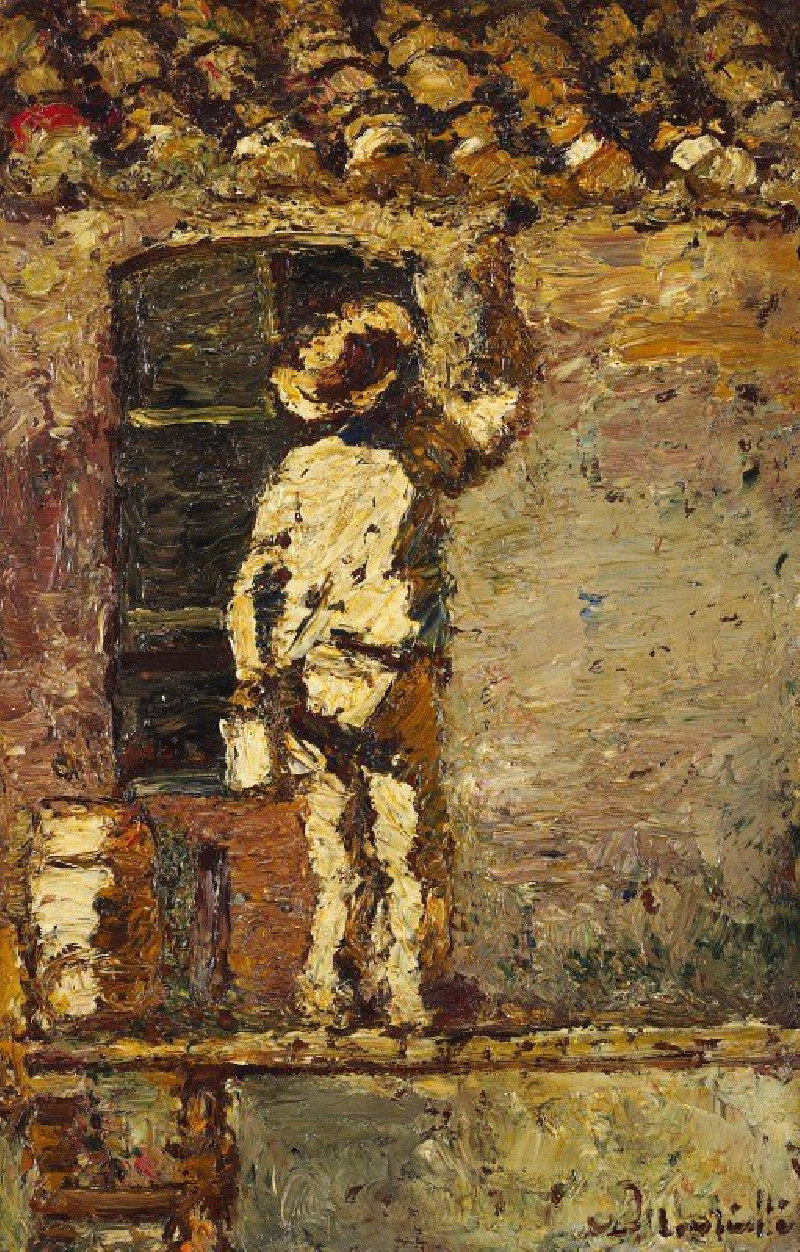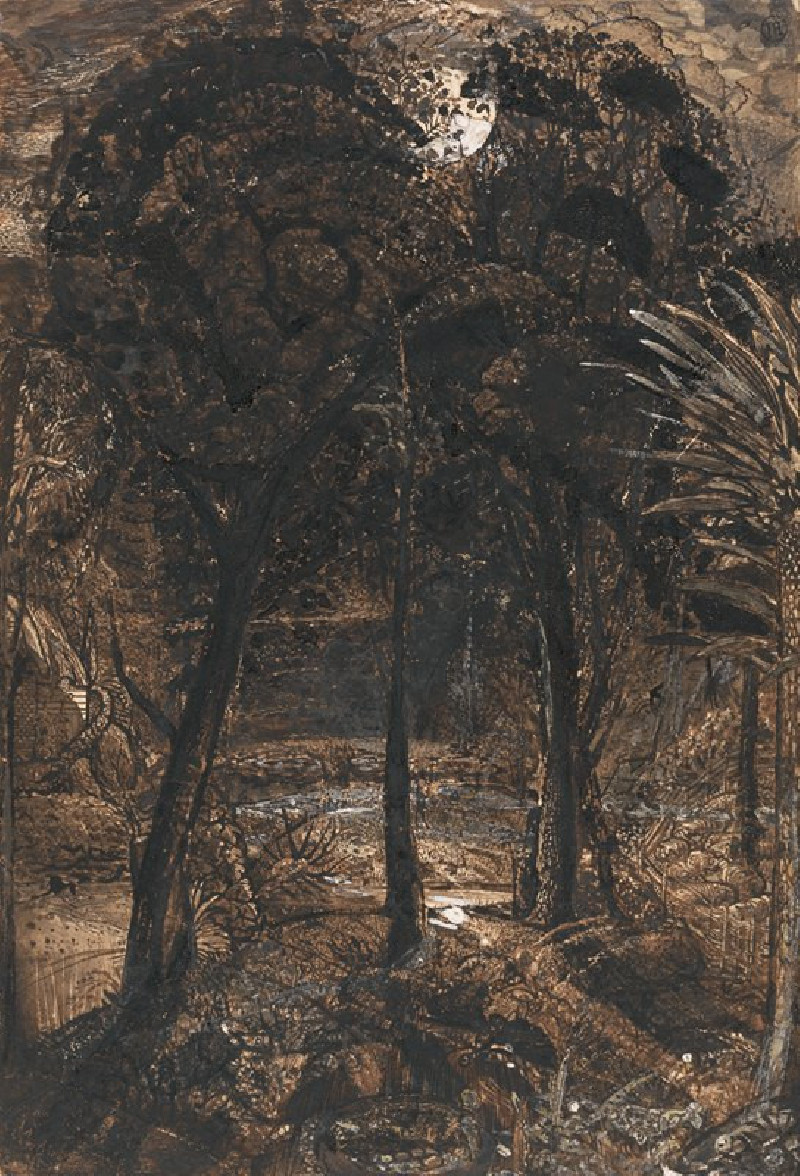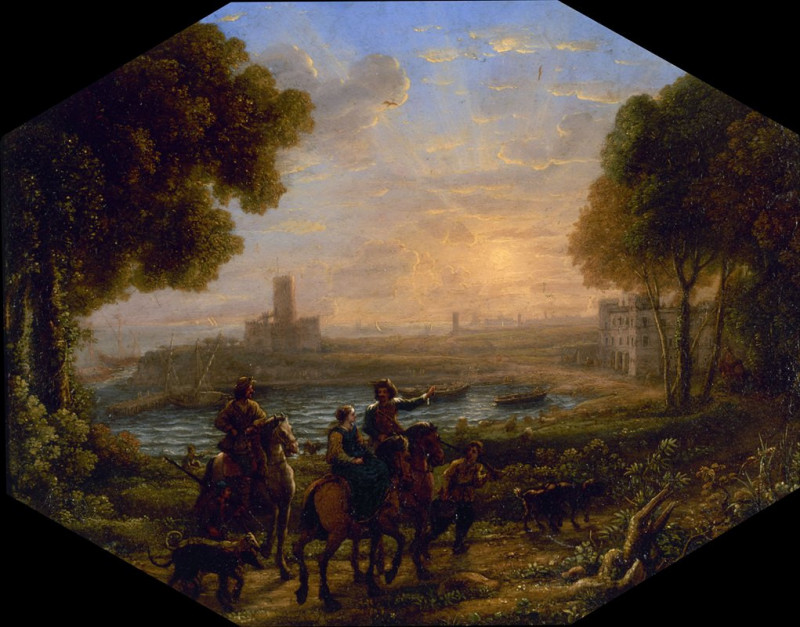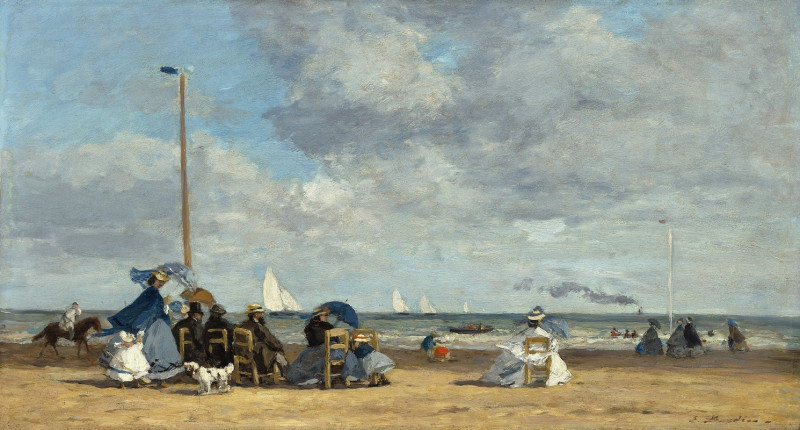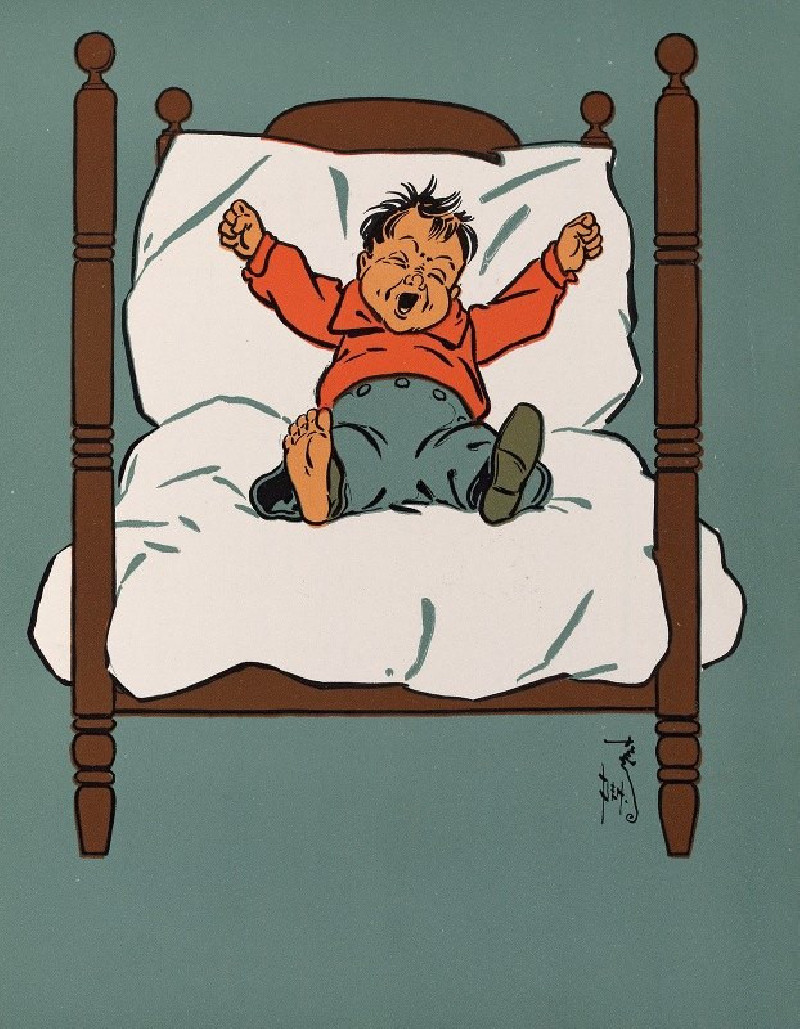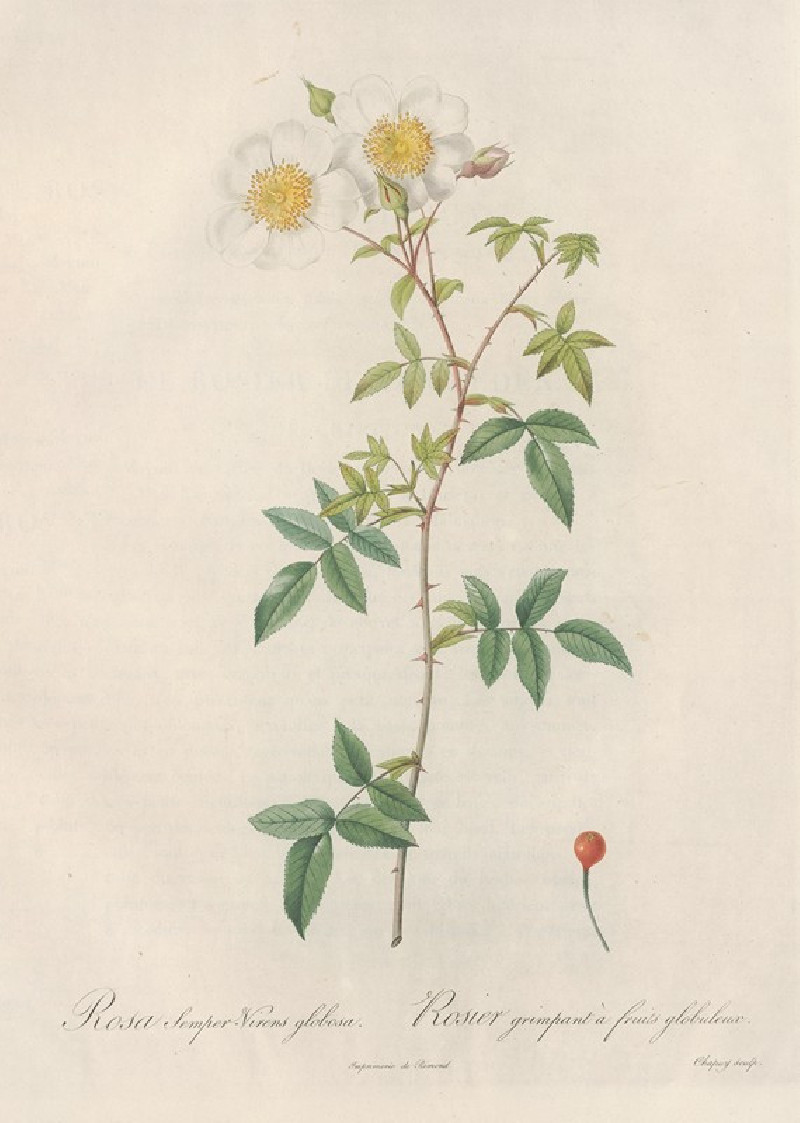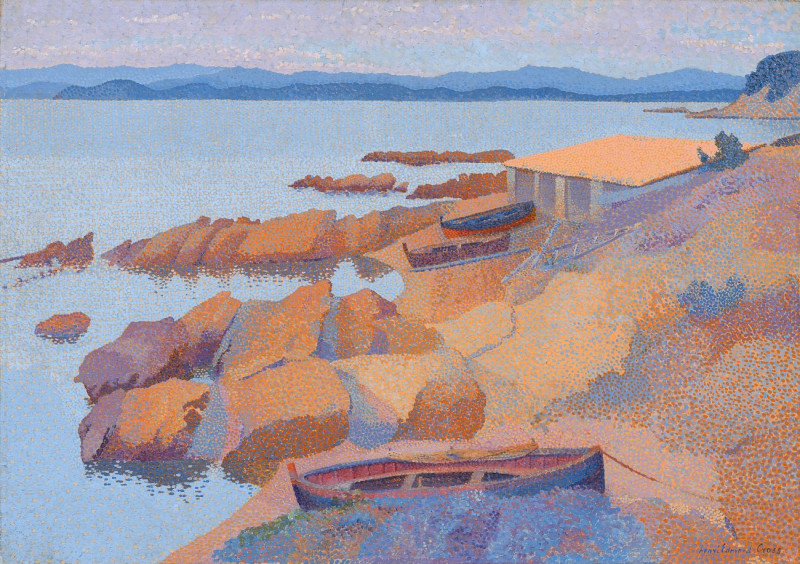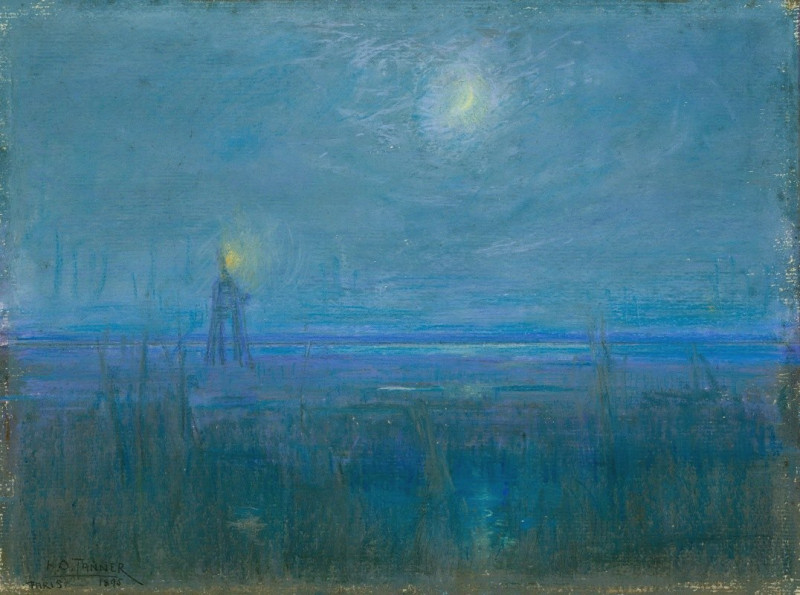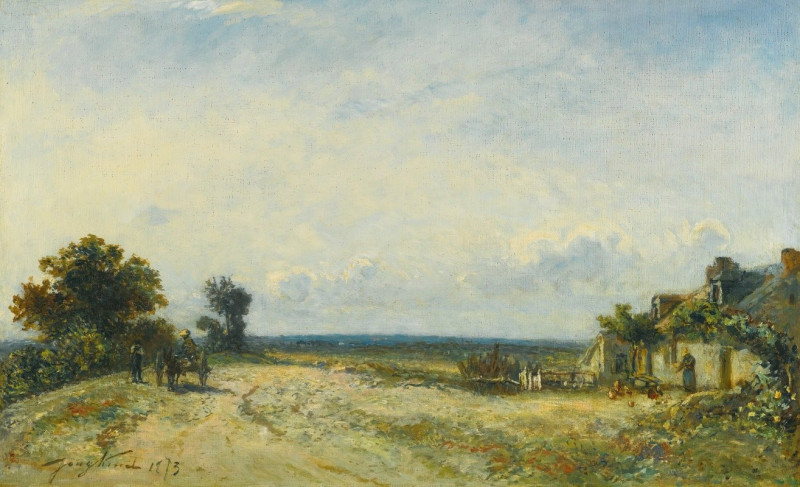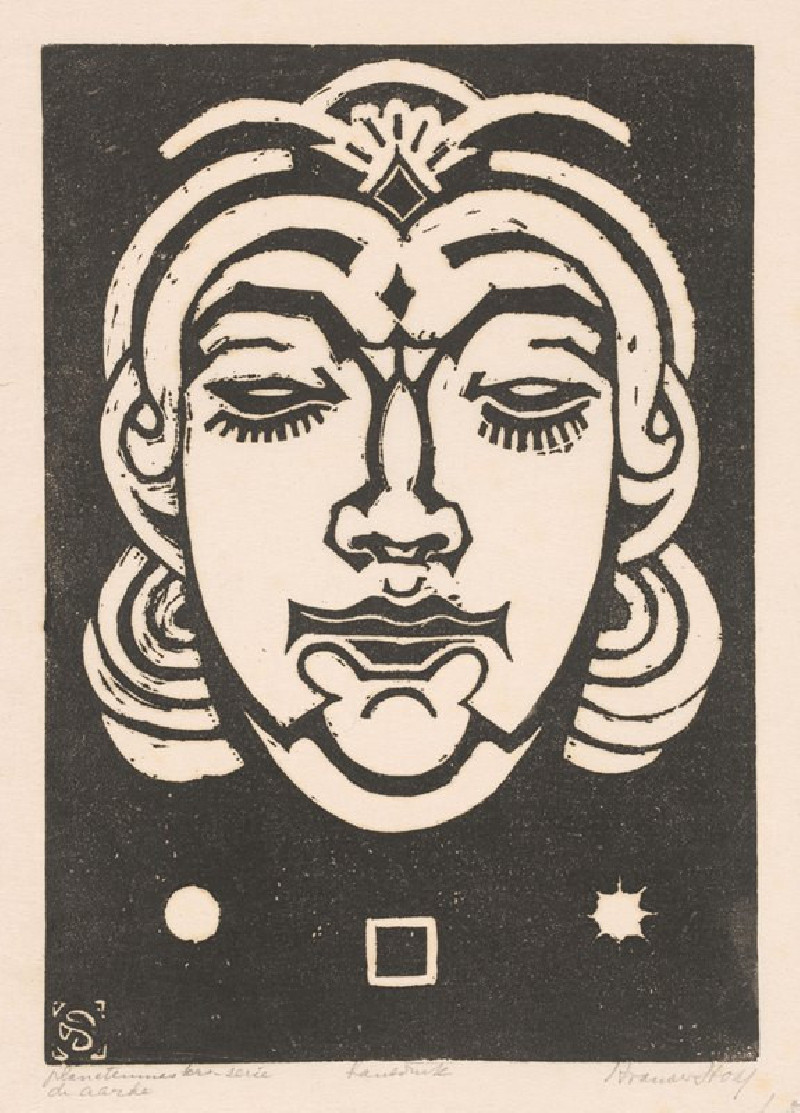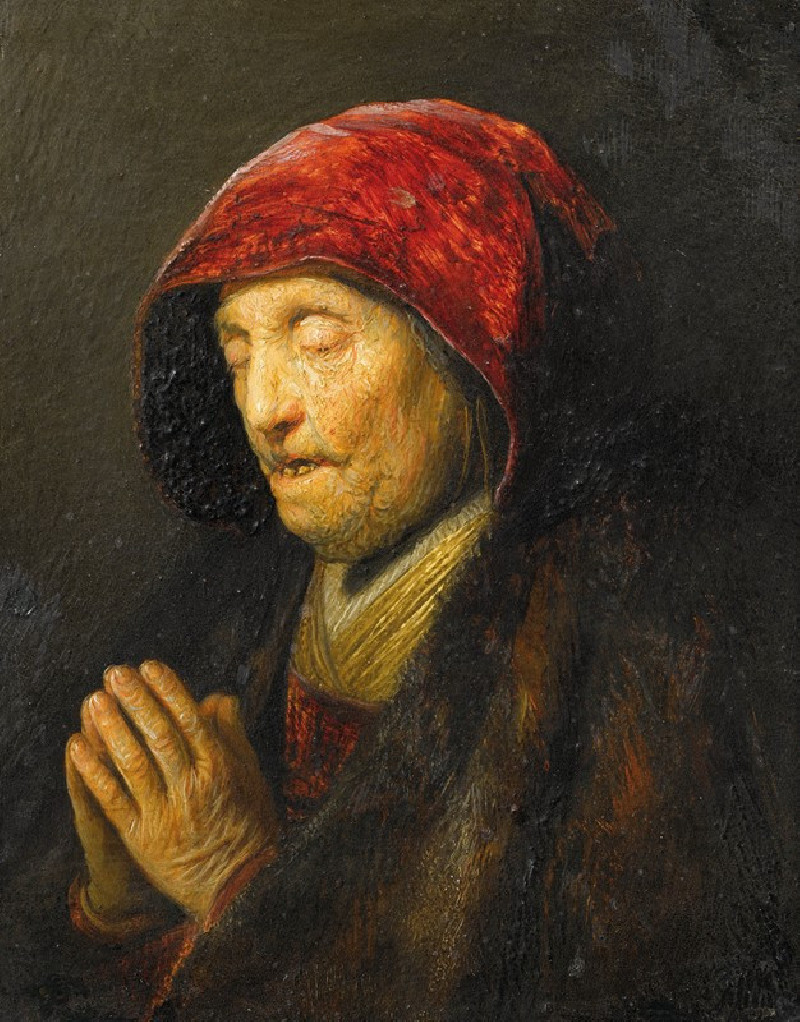Prismes-32 (1931)
Technique: Giclée quality print
Recommended by our customers
More about this artwork
Dive into the mesmerizing world of Emile-Allain Séguy, a master of color and form, through his stunning creation, "Prismes-32." This 1931 artwork is a fascinating exploration of shape and texture, showcasing Séguy's ability to blend art and science in his designs."Prismes-32" features an intricate composition of geometric and circular elements. The foreground is dominated by three large, interconnected spirals, rendered in a deep, rich brown hue. These spirals appear almost metallic due to their texture, suggesting a feeling of weight and industrial solidity. Complementing them, sharp triangular motifs in a vibrant beige cut through the spirals, adding a dynamic contrast and enhancing the three-dimensional illusion.The background is a canvas of bold blue diagonal stripes that recede into the distance and intersect with the other elements, creating a sense of depth and movement. The use of such striking color contrasts—deep browns, crisp beige, and vivid blues—not only captivates the viewer but also illustrates Séguy's skill in manipulating colors to construct engaging and complex visual narratives."Prismes-32" is an exemplary piece that represents the Art Deco movement, characterized by its rich colors, bold geometric shapes, and lavish ornamentation. Emile-Allain Séguy's work stands as a testament to the era's fascination with progression, modernity, and the synthesis of technology and art.Whether you're an art aficionado or a newcomer to the world of visual arts, "Prismes-32" offers a compelling glimpse into the creative genius of Emile-Allain Séguy and the captivating aesthetic of the early 20th century.
Delivery
Returns
Emile-Allain Séguy was a popular French designer throughout the Art Deco and Art Nouveau movements of the 1920s. Often confused with the French entomologist Eugene Séguy who was active during the same time period, E.A. Séguy designed primarily patterns and textiles and was heavily influenced by the natural world. He was particularly fond of the intricate patterns and beauty of insects (Eugene would have approved), which he saw as “mechanic wonders” that provided abundant inspiration for interior design (Schiff, 157).

